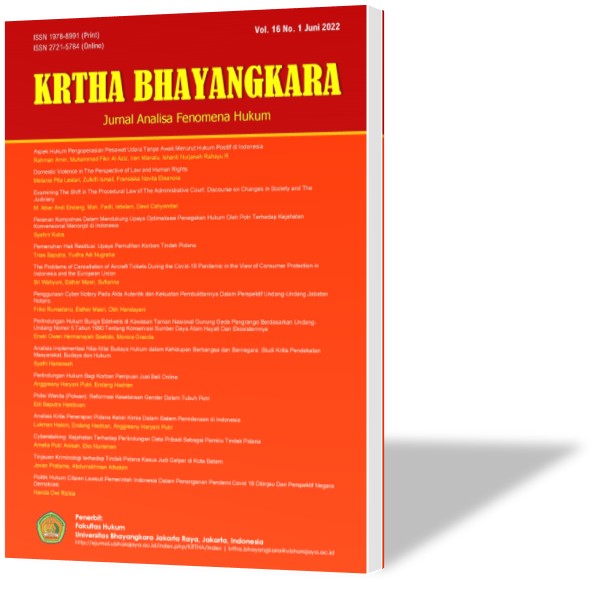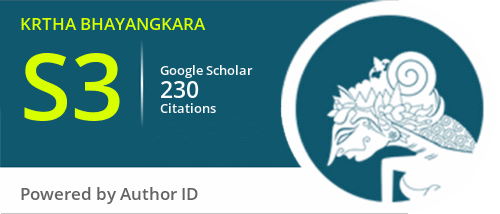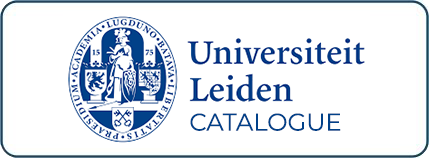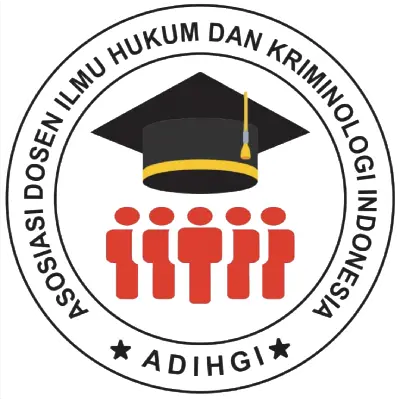Disinformation As A Contemporary Security Threat: A Literature Review
DOI:
https://doi.org/10.31599/krtha.v18i1.1637Keywords:
security, threat, disinformation, democracyAbstract
Disinformation has become a threat to public security and order. Disinformation is a strategy to obscure information by spreading information that is deliberately false and false. Whatever the purpose of disinformation, the public will be the victims. Given its status as a threat, it requires appropriate policing measures to prevent the spread of disinformation. To counter disinformation, it is necessary to develop strategies by empowering communities to counteract disinformation when it occurs. By using the literature review method, this research will show some community empowerment policies that can be done to prevent the spread of disinformation.
References
Books
Agusta, Ivanovich. “Teknik Pengumpulan Dan Analisis Data Kualitatif.” Pusat Penelitian Sosial Ekonomi. Litbang Pertanian, Bogor 27, no. 10 (2003).
Galbreath, David J. The Organization for Security and Co-Operation in Europe (OSCE). New York: Routledge, 2007.
Iosifidis, Petros, and Nicholas Nicoli. Digital Democracy, SocialMedia and Disinformation. New York: Routledge, 2021.
Journal
Altay, Sacha, Anne Sophie Hacquin, and Hugo Mercier. “Why Do so Few People Share Fake News? It Hurts Their Reputation.” New Media and Society 24, no. 6 (2022): 1303–1324.
Bennett, W. Lance, and Steven Livingston. “The Disinformation Order: Disruptive Communication and the Decline of Democratic Institutions.” European Journal of Communication 33, no. 2 (2018): 122–139.
Bode, Bruce, Valerie Garrett, Jordan Messler, Raymie McFarland, Jennifer Crowe, Robby Booth, and David C. Klonoff. “Glycemic Characteristics and Clinical Outcomes of COVID-19 Patients Hospitalized in the United States.” Journal of Diabetes Science and Technology 14, no. 4 (2020): 813–821.
Gabielkov, Maksym, Arthi Ramachandran, Augustin Chaintreau, Maksym Gabielkov, Arthi Ramachandran, Augustin Chaintreau, Arnaud Legout, Social Clicks, Maksym Gabielkov, and Augustin Chaintreau. “Social Clicks : What and Who Gets Read on Twitter ? To Cite This Version : Social Clicks : What and Who Gets Read on Twitter ?” SIGMETRICS Perform. Eval. Rev. 44, no. 1 (2016): 179–192. https://hal.inria.fr/hal-01281190%5Cnhttp://doi.acm.org/10.1145/2964791.2901462.
Hyland, Wood, J Gardner, J Leask, and U K Ecker. “Toward Effective Government Communication Strategies in the Era of COVID-19.” Humanities and Social Sciences Communications 8, no. 1 (2021).
Kumar, KP Krishna, and G. Geethakumari. “Detecting Misinformation in Online Social Networks Using Cognitive Psychology.” Human-centric Computing and Information Sciences 4, no. 1 (2014): 1–22.
Marwick, Alice E. “Why Do People Share Fake News? A Sociotechnical Model of Media Effects.” Georgetown Law Technology Review (2018): 474–512.
McKay, Spencer, and Chris Tenove. “Disinformation as a Threat to Deliberative Democracy.” Political Research Quarterly 74, no. 3 (2021): 703–717.
Tenove, Chris. “Protecting Democracy from Disinformation: Normative Threats and Policy Responses.” International Journal of Press/Politics 25, no. 3 (2020): 517–537.
Tenove, Chris, Jordan Buffie, Spencer McKay, and David Moscrop. Digital Threats to Democratic Elections: How Foreign Actors Use Digital Techniques to Undermine Democracy. SSRN Electronic Journal, 2018.
Vosoughi, Soroush, Deb Roy, and Sinan Aral. “The Spread of True and False News Online.” Social Science Research 359, no. March (2018): 1146–1151. https://news.1242.com/article/148290.
Walter, Nathan, and Riva Tukachinsky. “A Meta-Analytic Examination of the Continued Influence of Misinformation in the Face of Correction: How Powerful Is It, Why Does It Happen, and How to Stop It?” Communication Research 47, no. 2 (2020): 155–177.
Wardle, C, and Hossein Derakhshan. “Thinking About Information Disorder: Formats of Misinformation, Disinformation, and Mal-Information.” Journal Fake News Disinformation (2018): 43–54.
Westerman, David, Patric R. Spence, and Brandon Van Der Heide. “A Social Network as Information: The Effect of System Generated Reports of Connectedness on Credibility on Twitter.” Computers in Human Behavior 28, no. 1 (2012): 199–206.




































